A New USV for Ocean Surveying
A new unmanned surface vehicle (USV) designed for the Chinese market offers an open and low-cost platform to measure water current and direction. Nortek China has integrated Doppler instrumentation on the vehicle to help better meet user requirements for ocean surveying.
The new USV has an IPC (Industrial Personal Computer) as the main operation platform and uses Remote Desktop, a remote control technique, to communicate with all the instruments installed. This means that the vehicle offers an open and low-cost platform for customers who need to carry out several different tasks at the same time. For example, users can perform hydrology and water quality measurement while simultaneously obtaining water samples. Furthermore, the USV can carry other appropriate instruments, for example for geomorphology.
The basic exterior dimensions of the vehicle are about 200 x 70 x 40 cm. The USV has two propellers that can produce 80 pounds of thrust force.
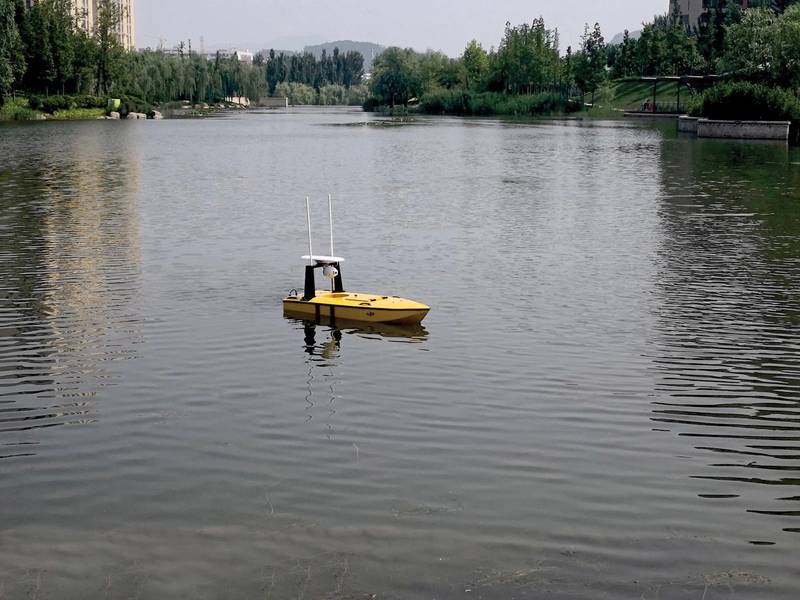 Nortek China’s USV uses the Signature VM system, which includes the Signature500 ADCP. The USV also uses the EXO system for water quality measurement and has a high-definition camera sensor. Photo: Nortek
Nortek China’s USV uses the Signature VM system, which includes the Signature500 ADCP. The USV also uses the EXO system for water quality measurement and has a high-definition camera sensor. Photo: Nortek
For navigation control, it can be remotely controlled manually, or be programmed to sail automatically by itself. The design of the vehicle can be adjusted according to different requirements from end users.
“The demand for USVs is growing in China now, and China is a great market in itself. With Nortek having launched the Signature VM system here already, we should grasp this opportunity to open the vessel-mounted current measurement market in China,” said Leon Zhang, General Manager of Nortek China.
“This USV platform was built to help users to handle multiple tasks, and to be able to do this at a low cost. Looking ahead to the future, we will develop an automatic and ‘intelligent’, or sophisticated, system to improve the performance of the USV,” said Jack Hu, Technical Manager at Nortek China.
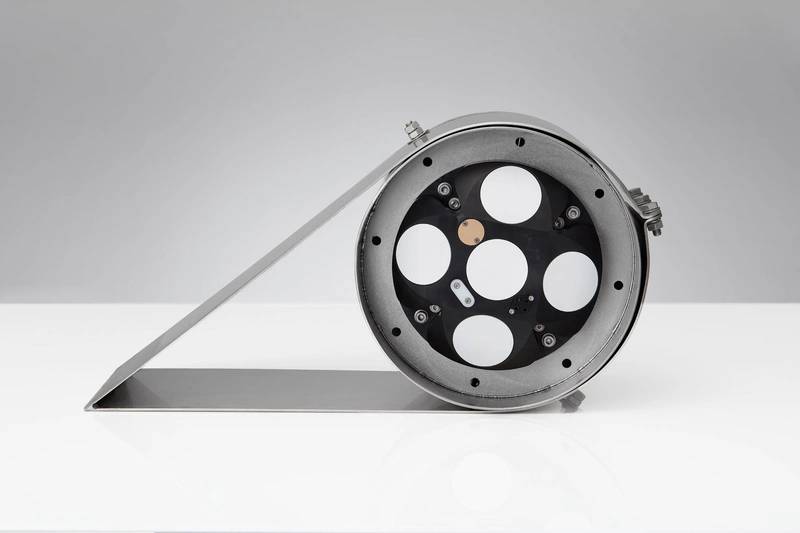 The survey was carried out using the Signature VM system with a Signature500 ADCP (pictured) as well as an Aquadopp 2 MHz ADCP. Photo: Nortek
The survey was carried out using the Signature VM system with a Signature500 ADCP (pictured) as well as an Aquadopp 2 MHz ADCP. Photo: Nortek



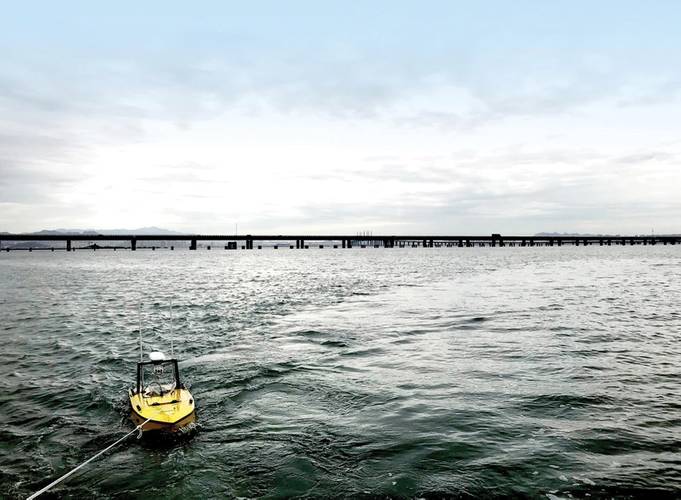
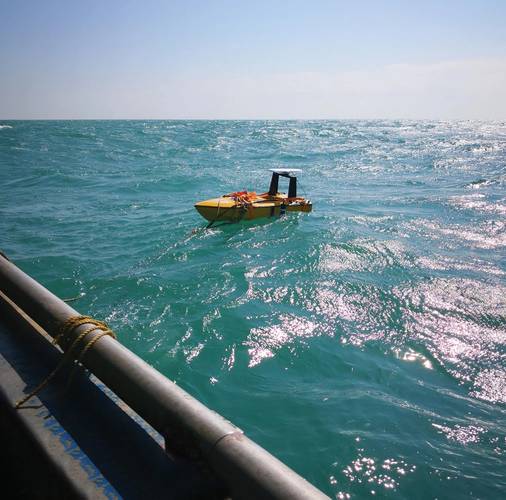
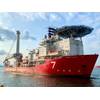



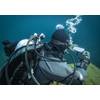
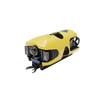









 February 2024
February 2024



